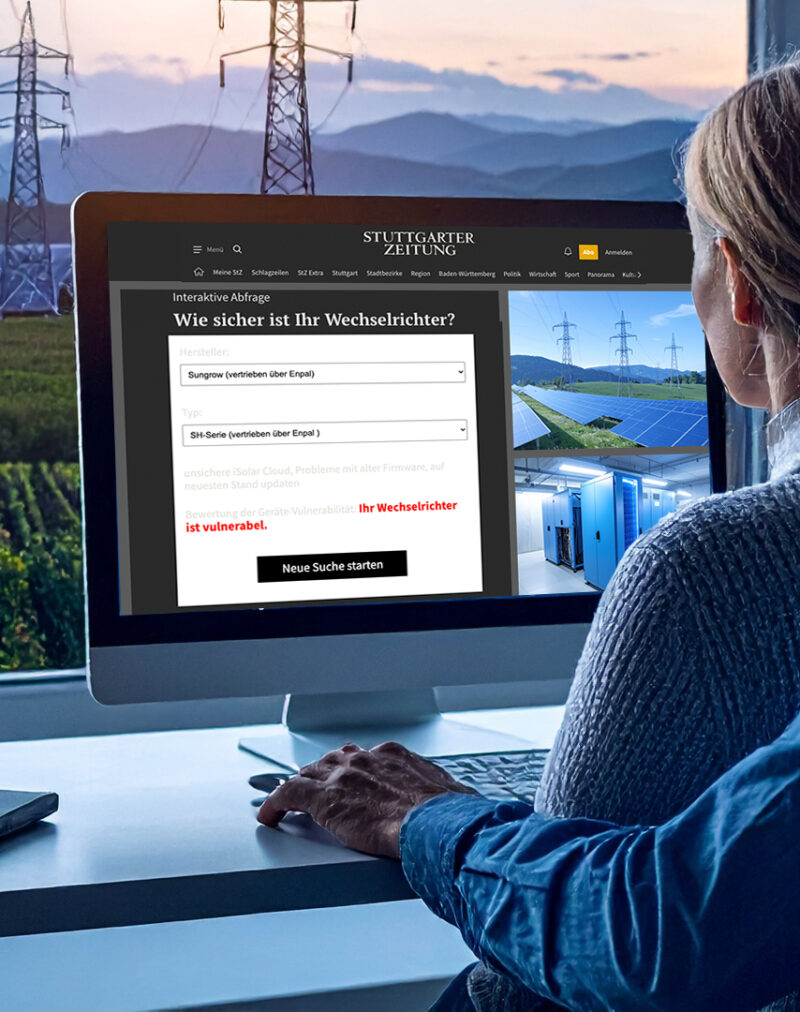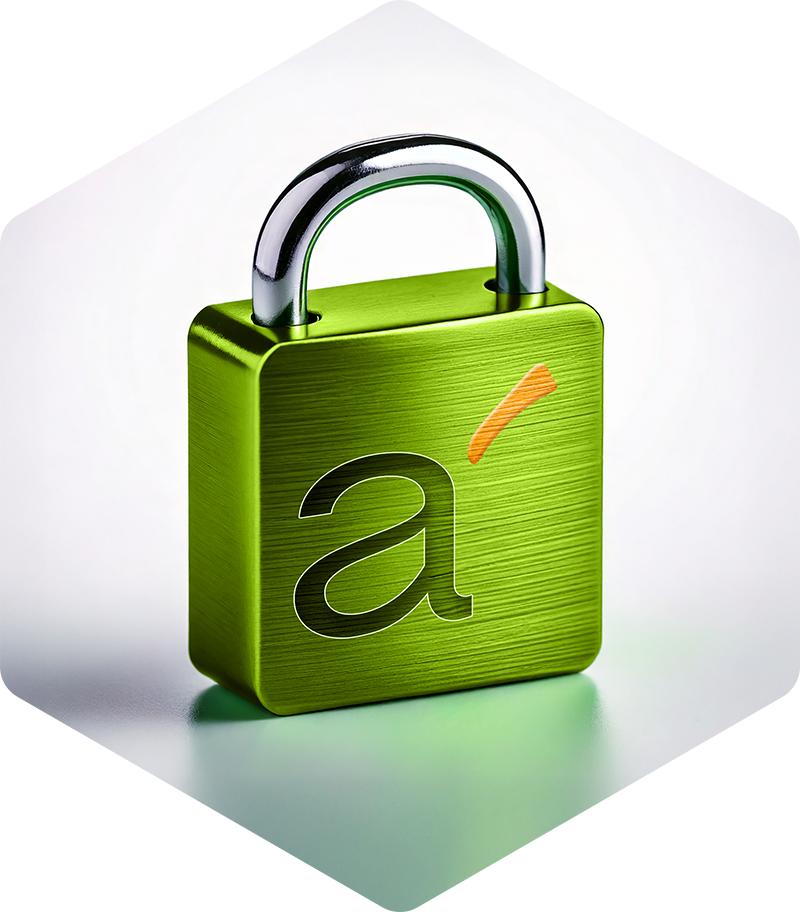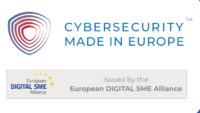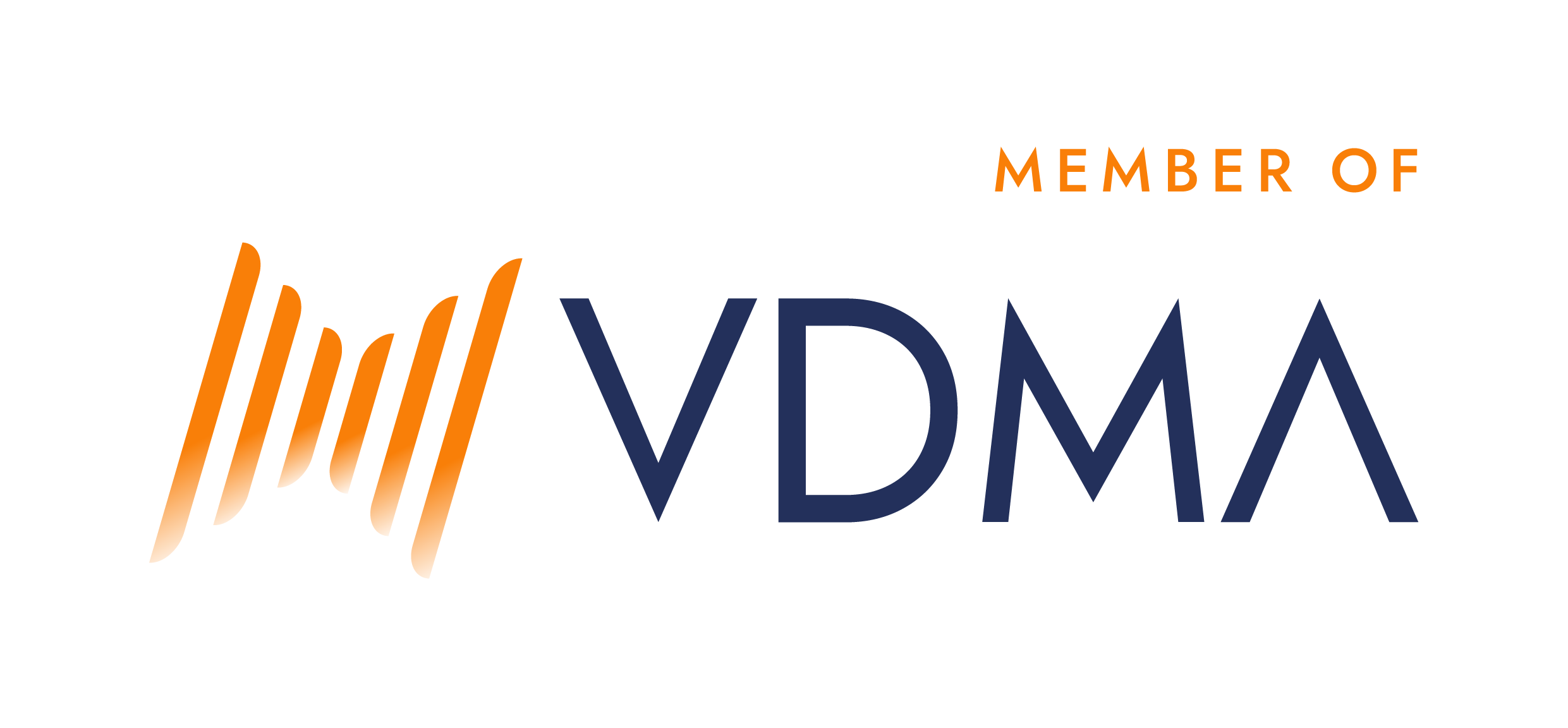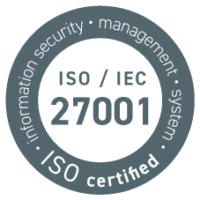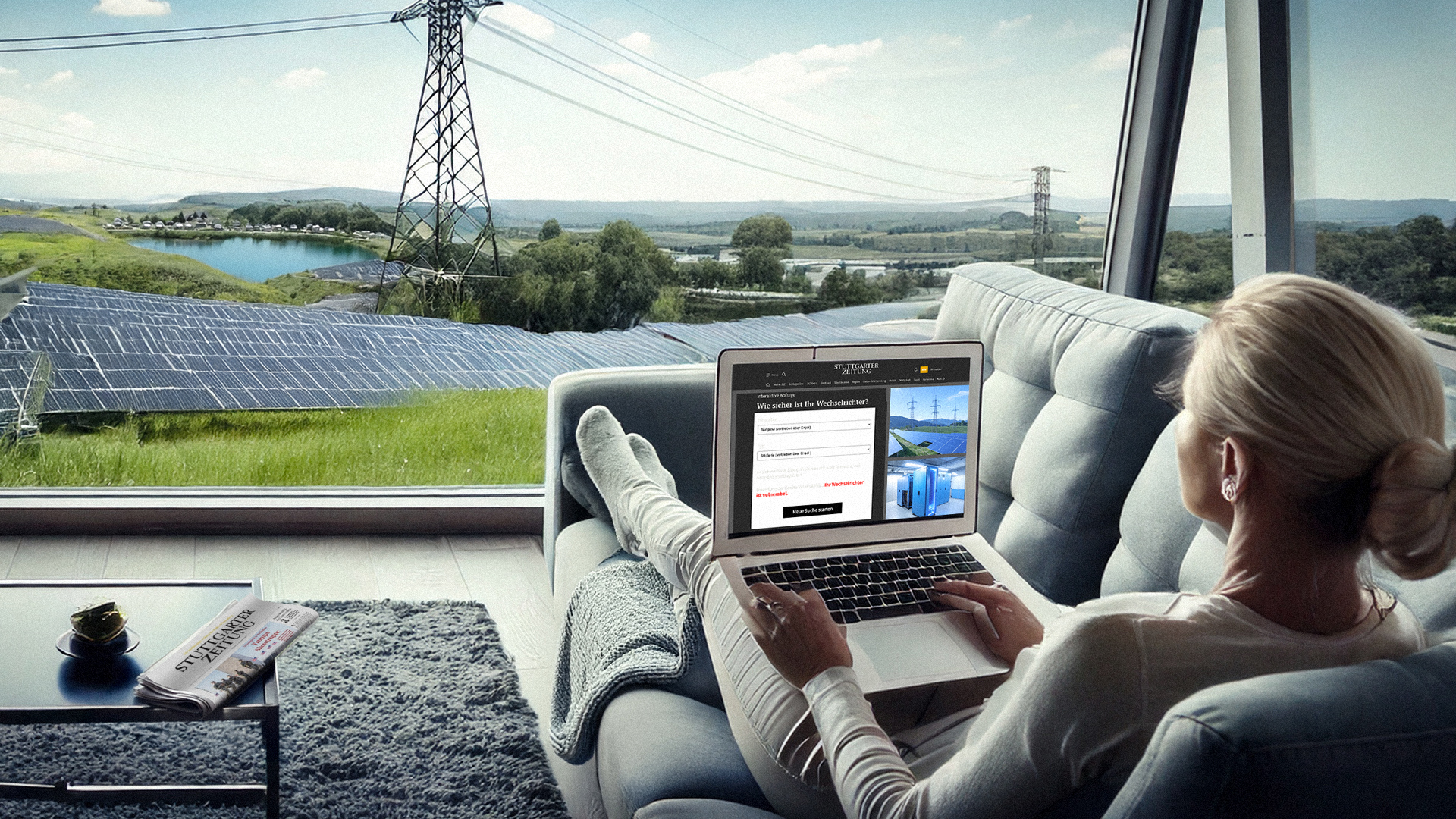
Stuttgarter Zeitung provides homeowners with an inverter check to test their solar systems. The assessment is based on data and analyses provided by asvin labs.
Inverter Vulnerabilities: Hidden Risks on Your Roof
Inverters are the heart of modern solar systems. They convert the electricity generated on rooftops and feed it into the grid. Increasingly, they are connected to the internet, allowing homeowners to monitor their production conveniently.
However, this digital connectivity also opens attack surfaces for hackers. Unsecured inverters could be manipulated and, in the worst case, exploited as part of larger, coordinated attacks. A technical detail of solar technology thus becomes a matter of energy and IT security.
From Risk to Insight: The Online Inverter Check
The process is simple:
• Select your inverter model
• Retrieve the security status
• Receive an initial risk assessment
This turns abstract threats into a clear picture, providing users with concrete guidance on whether action is required.
Residential Systems as an Early Warning for the Industry
The collected data and insights provide valuable guidance for the broader industry:
- For the energy sector: security standards become tangible and actionable.
- For technology partners: translating complex analysis into user-friendly applications shows how data drives innovation.
- For regulators and policymakers: the media coverage highlights that cybersecurity is a critical component of the energy transition.
Building Resilience: Research and Practice in Action
The inverter check is part of a broader strategy by asvin labs to strengthen the security architecture of IoT, energy, and mobility infrastructures.
The goal is clear: from risk to resilience.
By combining research, data analysis, and practical application, asvin labs develops solutions that advance markets, policy, and society alike.

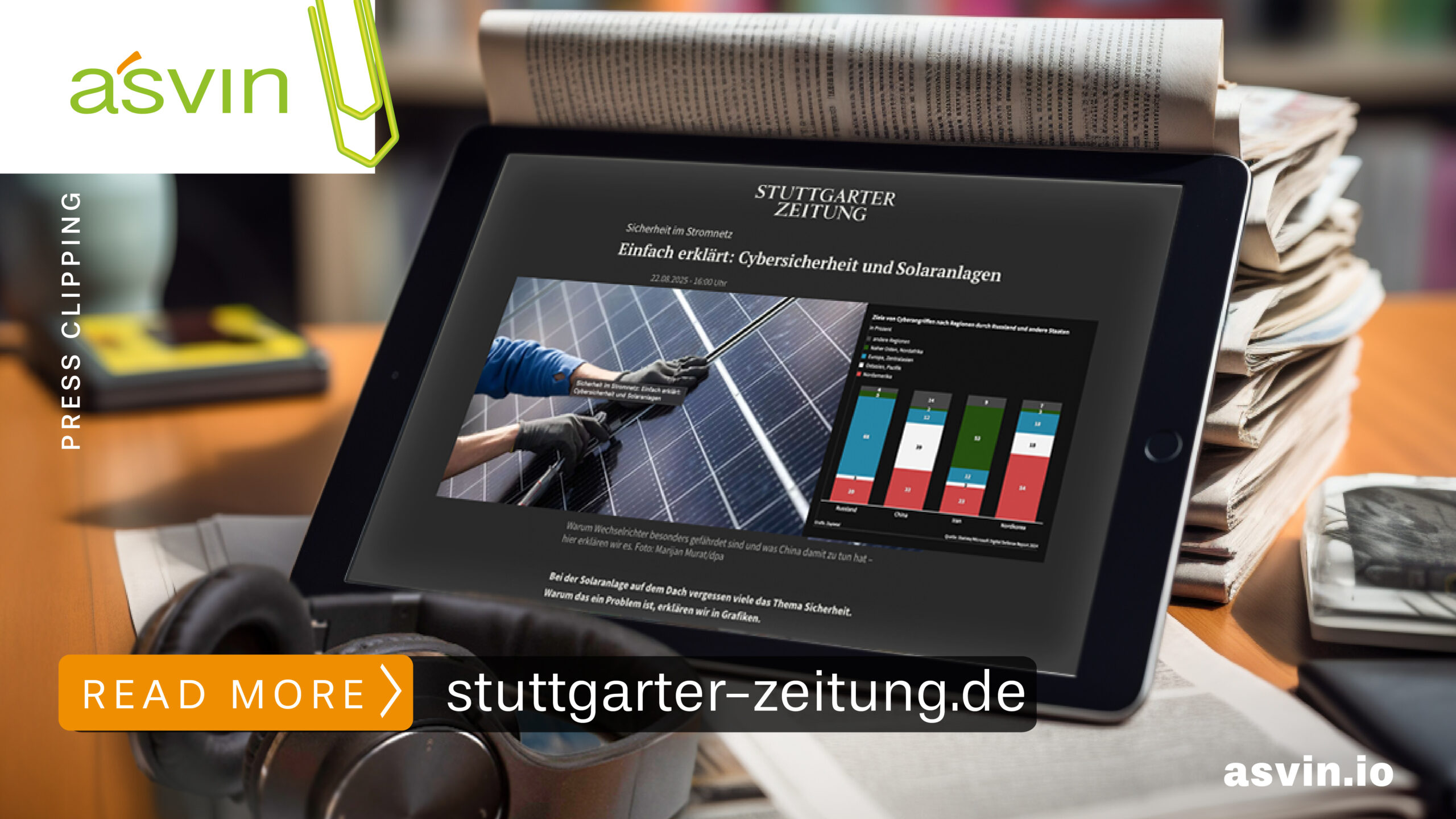
Background Information
The solar check is based on an investigative data story published by the Stuttgarter Zeitung and DIE ZEIT in late August 2025. With support from asvin experts, vulnerabilities were researched, assessed, and clearly communicated to the public.
The articles can be found here:
The broad media attention demonstrates that cybersecurity in the energy transition is not a niche issue; it affects millions of people and a critical part of infrastructure.
